- Duration:
Oct 2014 – Sept 2017 - Value: $20 million
OVERVIEW
AAEP II builds the technical and teaching capacity of Afghanistan's Ministry of Agriculture, Irrigation and Livestock (MAIL) in 27 provinces and 193 districts to deliver effective and sustainable extension services to Afghan farmers. The project’s objectives are to improve rural household food security and enhance agriculture-based income generation, improve nutritional status of target rural households; and enhance support for women in the agricultural sector. Activities are implemented through close partnerships with MAIL, provincial and district offices, local researchers and university faculty, farmers, and suppliers.
AAEP II facilitates workgroups composed of farmers and extension works to identify farming problems and training needs. It then addresses these needs through training of trainers for extension workers, conducting research and finding solutions through the use of model training farms, and on-farm field demonstrations and farmer training to deliver key messages and promote adoption of improved practices to produce higher value and more nutritious crops.
ACTIVITIES
- Strengthening MAIL/DAIL (District Agriculture, Irrigation and Livestock Offices) capacity to assess farmers’ needs, identify interventions, and design and prioritize training
- Providing training for extension workers on agricultural research
- Empowering female professionals working for MAIL and DAILs, as well as female university students, through mentoring, coaching and field practicums
- Coaching thematic workgroups and training of trainers
- Organizing Farmer Field Schools (FFS) that use local expertise to train other farmers on improved agricultural practices
- Facilitating on-farm demonstrations on subjects such as livestock health, production of grain and vegetables, and on-farm water management
- Support a grants program that equips the extension program to solve specific farmers’ production problems in targeted regions
ACCOMPLISHMENTS
- AAEP II supported 416 extension professionals to conduct 2,042 on-farm training sessions, reaching 2,798 women and 10,212 men. This doubled the number of extension workers engaging farmers and more than doubled the number of farmers being reached by extension workers over the last year.
- On-farm demonstrations managed by1,909 farmers (850 women/1,059 men) promoted improved agricultural practices, resulting in1,645 farmers applying new technologies and management practices
- Improved extension agents’ capabilities to assist farmers to grow crops that increased farm revenues 60 percent
- Enhanced female farmers’ skills in livestock health and production to improve household nutrition
- Demonstrated a 22 percent reduction in grain losses using hermetically sealed grain storage bags, a savings of $9 -$19 per household, depending upon the crop
- Established a women’s silk worm association in Badakhshan and provided training on production and processing for 140 women across three provinces, resulting in a $64 income per member from sale of silk
- Introduced planting wheat in rows versus traditional method in four provinces, resulting in an average 33 percent increase in yield

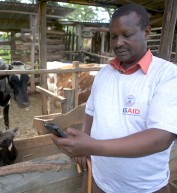
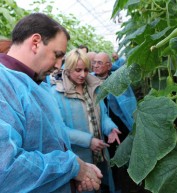
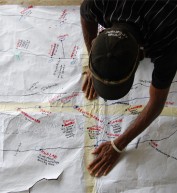
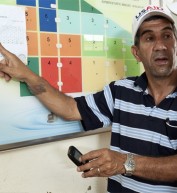

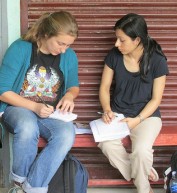
Comment
Make a general inquiry or suggest an improvement.